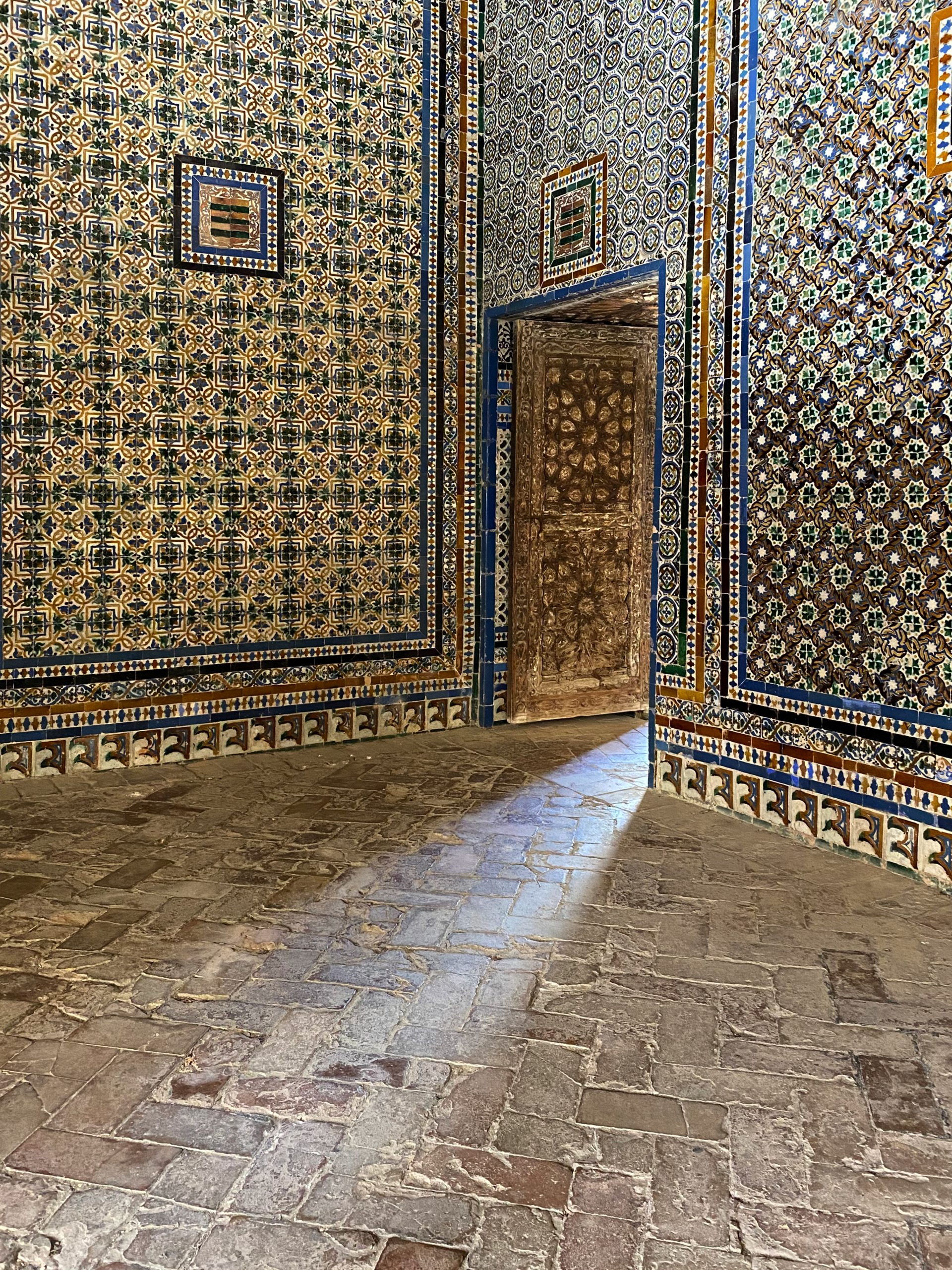A journey in search of inspiration

What is inspiration? Inspiration is what we associate with a burst of creativity. It’s the spark that arises from the spontaneous connection of ideas. It may last a second, a day or ten years, but it’s almost always seen as a passing instant, which we know will come – or has already come – to an end.
The perception we have of it is that it’s almost accidental, unexpected and even inexplicable: there’s an unknown that hovers over us or that swoops down directly, and we must receive it; the decisions we make when clearing up that unknown will determine the degree of inspiration that has smiled upon us.
Its brevity means that the concept of inspiration is surrounded by a halo of excellence from which people often feel alienated. Normally, we relate inspiration with terms such as intuition, revelation, imagination, things with which not everyone need necessarily identifies, either continually or transiently.
However, to believe that the gift bestowed by the muses (or by the duende, as they say in Andalusia) is reserved for only the enlightened few is to close our eyes to the true meaning of the search for inspiration. This is nothing new, but one has to go back to the very origin of the word to see its true meaning, and to discover that concerns more areas of our lives than we might think.
The nature of inspiration
The word inspiration literally means to receive the breath, and its origin dates back to Ancient Greece. At that time, two aspects of equal importance were believed to coexist: ritual and the divine.
With the advent of the Enlightenment, it was concluded that inspiration represented, to some extent, a haphazard but entirely natural process of association of ideas.
Finally, modern theses drawing on psychology determined that inspiration emanated from internal conflicts and traumas, while materialistic theories varied between those that identified the source of inspiration within human beings and those that found it outside them.
What, inevitably, has reached our days is a compendium of all these meanings, so which is the authentic one?
1. Inspiration as part of the creative process
Inspiration can be seen as a chance stroke of luck that comes out of nowhere and reveals some of the infinite secrets hidden in the universe . This would be the equivalent of receiving the breath of a god.
However, while today it would no longer necessarily involve consuming the narcotic vapours that were apparently common in the Hellenistic period, it’s more common to achieve inspiration through ritual. This ritual takes the form of a habit, and specifically work and effort. We shouldn’t wait for inspiration to come to us; we should actively seek it out.
For more than two years, Pattio has conceived itself each day with determination, with constancy, with meticulousness, with the awareness of those who know that inspiration is only one of many technical means to lend identity and breathe life into the projects .
2. The anchor and hook metaphor
Indeed, inspiration comes into its own in the correlation of ideas. There is a tendency to look for a firm link between concepts that are apparently at some remove from one another. The surest way to do this repeatedly is to learn to distinguish between symbols that reinforce a perspective and help to establish a focus (the anchors); and whose beauty can captivate, but which are too fragile to endure, and that may abandon you at any time (the hooks).
Another analogy would be the distinction between the voice of the muses and the song of the sirens.
Pattio’s inspiration finds its anchor in the purity and elegance of the South; in the light, colour and warmth of a land of infinite nuances, suitable for all spaces and pleasing to the most exquisite tastes.
3. Knowing how to turn vices around and overcome insecurities
We mustn’t forget that our defects are also part of our identity and that, if they exist, it’s because we enjoy genuine virtues. The area in which vices and virtues converge is the area in which we find what makes us unique, that allows us to observe circumstances through a lens that will occur to no one else. This doesn’t mean that our point of view is better or worse, or that we can’t take practical references from what we aspire to. It simply helps us not to get carried away by other people’s unrealistic expectations and to build our own.
It’s undeniable that Pattio is born of the qualities that have made Forma 5, its parent brand, the great value option for office furniture over the last 40 years. Pattio exists, however, to lend a strong identity to spaces and to the new needs of the market.
















